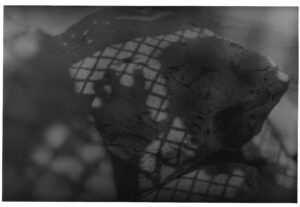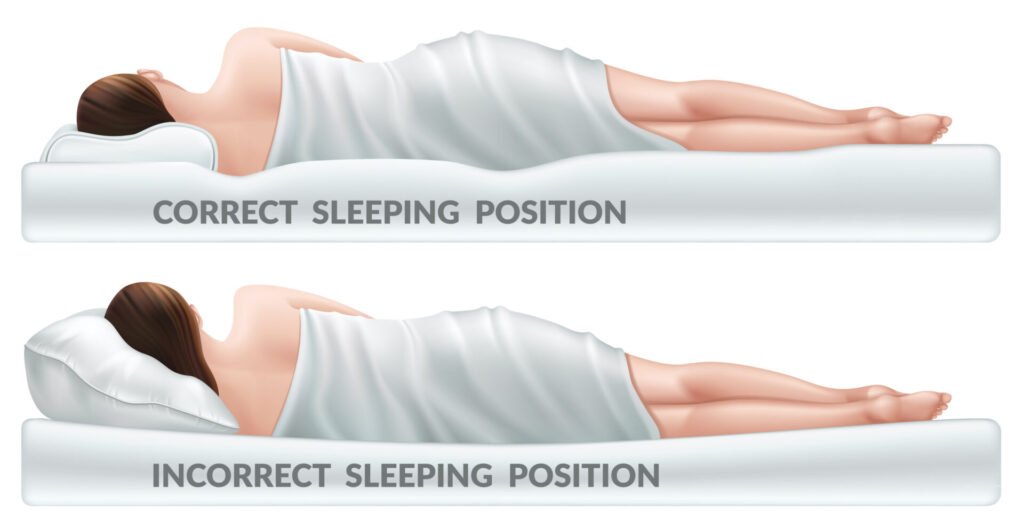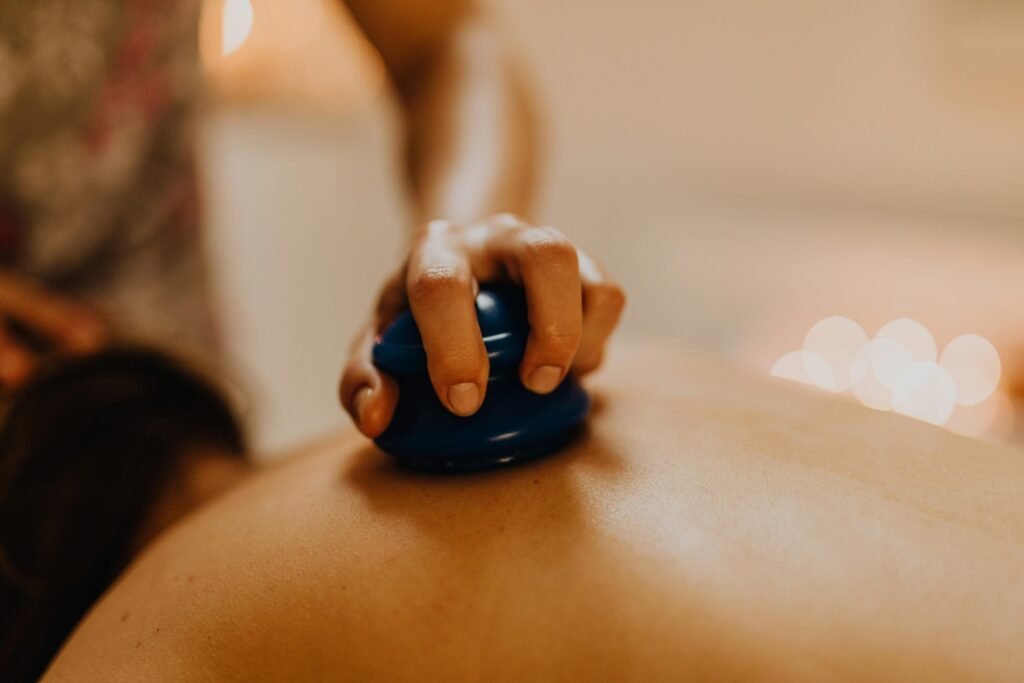Can Acupuncture Help with POTS? | Exploring Holistic Treatment Options
Postural Orthostatic Tachycardia Syndrome (POTS) is a complex autonomic disorder that impacts circulation, often leaving individuals with lightheadedness, fatigue, rapid heartbeat, and even fainting spells. As patients seek alternative solutions alongside conventional care, holistic therapies like acupuncture are drawing interest for their potential to stabilize the nervous system and promote overall wellness. But can acupuncture help with POTS? This post takes a deep dive into how acupuncture may offer therapeutic value, and what patients should know before trying it.
Understanding POTS and Its Challenges
POTS is a form of dysautonomia—a dysfunction of the autonomic nervous system—which primarily affects blood flow and heart rate regulation. People with POTS often experience:
Do you have a secondary condition that causes your POTS?
- Dizziness or fainting when standing
- Brain fog and fatigue
- Heart palpitations
- Gastrointestinal issues
- Exercise intolerance
Though exact causes vary, common contributing factors include viral illness, trauma, surgery, and autoimmune conditions. Current treatments focus on symptom management through lifestyle changes, medications, and physical therapy.
What Is Acupuncture?
Acupuncture is a therapeutic technique rooted in Traditional Chinese Medicine (TCM), involving the insertion of fine needles into specific points of the body to regulate energy flow—or “qi”—and restore balance. In the Western medical framework, acupuncture is known to stimulate nerves, increase blood circulation, and release neurotransmitters like serotonin and endorphins.
It’s already being used as a complementary therapy for chronic pain, anxiety, migraines, and inflammatory conditions—all symptoms that may co-occur with POTS.
How Acupuncture May Support POTS Symptoms
Acupuncture isn’t a cure for POTS, but several mechanisms suggest it may help mitigate symptoms by supporting:
Blood Flow Regulation
Acupuncture can promote peripheral circulation and reduce blood pooling in the lower extremities—one of the key physiological challenges in POTS patients.
Nervous System Modulation
By targeting specific points that affect the vagus nerve and parasympathetic pathways, acupuncture may calm the overactive fight-or-flight response and aid autonomic regulation.
Stress and Anxiety Relief
POTS symptoms often worsen under stress. Acupuncture has demonstrated effectiveness in lowering cortisol levels and improving mood, creating a more stable emotional baseline.
Digestive Support
Many patients experience gastrointestinal disturbances. Acupuncture may help improve motility and reduce bloating or nausea through its effects on digestive nerve networks.
Clinical Considerations
While anecdotal evidence and small-scale studies suggest benefits, clinical data on acupuncture for POTS remains limited. Those considering acupuncture should:
- Consult with a physician or cardiologist familiar with dysautonomia
- Work with a licensed acupuncturist who understands autonomic disorders
- Start with gentle protocols and monitor for changes in symptoms
- Combine acupuncture with other supportive therapies, like hydration and salt intake
Treatment Customization: What to Expect
Each acupuncture session is tailored to the patient’s presentation. Practitioners may focus on:
- Points for cardiovascular regulation like PC6, ST36, and LI4
- Mood balancing via DU20 or Yintang
- Digestive calming points such as CV12 and ST25
Sessions typically last 30–60 minutes, and results may unfold gradually over several weeks.
One of Those Days | Navigating Ehlers-Danlos Syndrome and POTS Bad Days
The Unseen Battle of a “Bad Day” Navigating Ehlers-Danlos Syndrome and POTS bad days means experiencing a spectrum of physical sensations, and some days are undeniably worse than others. While...
Frequently Asked Questions
Can acupuncture cure POTS?
No, acupuncture does not cure POTS but may help reduce the severity of symptoms when used consistently.
How many sessions are needed before seeing results?
Some individuals notice improvements within 3–6 sessions, while others may require ongoing treatment over months.
Is acupuncture safe for POTS patients?
Yes, when administered by a qualified practitioner and tailored to the individual’s needs and sensitivities.
Are there any side effects?
Most people tolerate acupuncture well; occasional bruising, fatigue, or lightheadedness can occur briefly after treatment.
What areas do acupuncturists focus on for POTS?
Treatment often centers on autonomic regulation points, cardiovascular support, digestive balance, and emotional well-being.
Can acupuncture worsen symptoms?
In rare cases, overstimulation may trigger temporary symptom flare-ups, but adjustments in technique can resolve this.
Should I stop my medication if I start acupuncture?
No, acupuncture is complementary—not a replacement—for conventional treatment.
Is dry needling the same as acupuncture?
No, dry needling is a Western technique targeting muscular trigger points, while acupuncture addresses systemic energy flow and organ networks.
What other holistic therapies pair well with acupuncture?
Yoga, meditation, physical therapy, and dietary changes are commonly paired for integrative care.
Final Thoughts
For those navigating the daily challenges of POTS, acupuncture offers a promising avenue of support—one that works in concert with existing treatment plans. While the research is still evolving, many patients report improved energy, reduced dizziness, and a sense of greater bodily equilibrium after regular acupuncture sessions. As with any health decision, thoughtful collaboration between patient and provider is key. Exploring holistic treatment options might not just ease symptoms—it might unlock a more balanced life.
If you’d like a follow-up piece on acupressure, herbal support, or other complementary therapies for dysautonomia, I’d love to help expand your editorial strategy.



